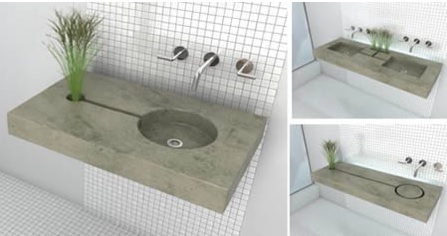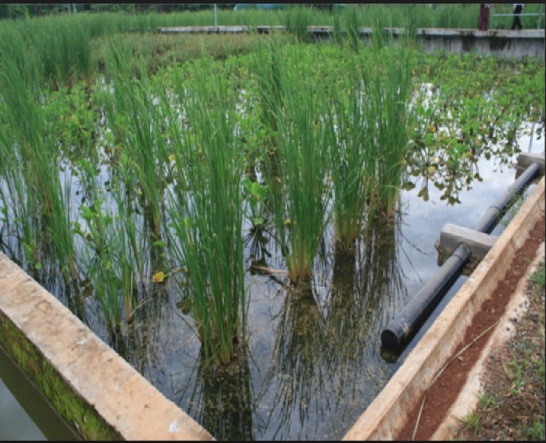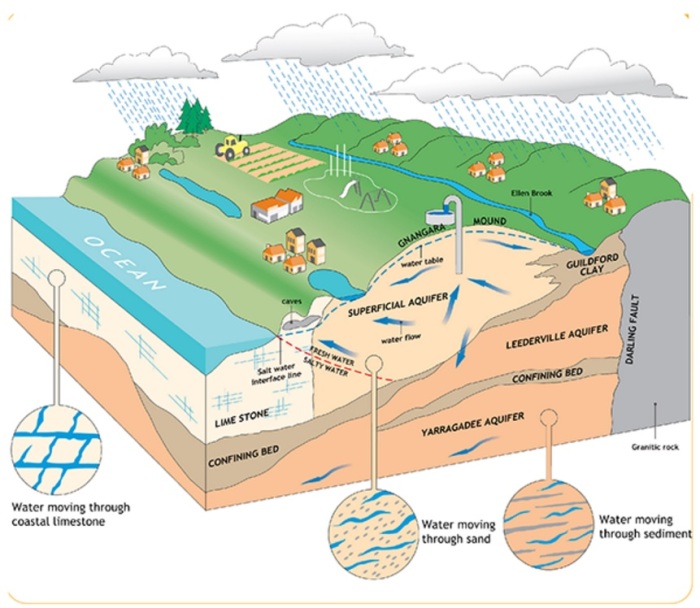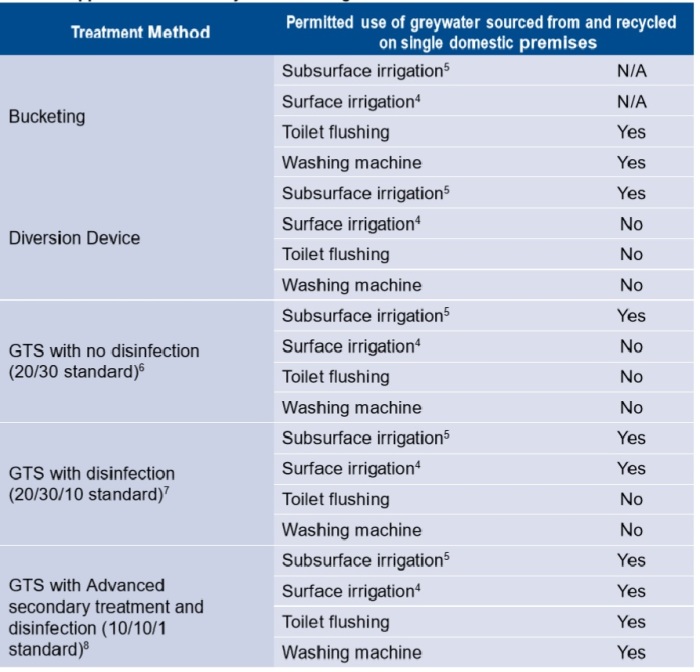Hi everyone!
Last week we discussed some of the current failures of wastewater treatment structure and how can these problems be solved in order to improve the wastewater treatment system for the next years. However, it is not only the wastewater treatment structure that needs to be changed, the community also needs to change their vision about wastewater. One of the greatest tools to change their vision is through social innovation.
You may be asking what is social innovation? well, social innovation refers to new ideas with the objective of solving a social problem and be more efficient, effective and sustainable than current solutions. These innovations can be a product or also a service that can encourage a change in the community about a specific topic, for example, environment.
Definition sometimes is not the best way of explaining something, so below you can watch a video which explains better the concept behind social innovation:
A social innovation not necessary needs to be a technological or complex product, it just needs to have as one of its key principles the mission of trying to solve or minimize a social problem. One of the main social problems is the lack of water in some areas. In order to reduce the water consumption, it is a good idea promotes a product which allows the reuse of water for another activity. An example of one product that performs this is the case of a designer who created a different washbasin which allows the watering of plants using part of the water used in the hand washing. You probably wondering about the soap that may be in contact with the plant, but don´t worry, this alternative washbasin retains the soap and only lets the water drains to the plants. Awesome right?! You can see an image of this system below:

Figure 1: Alternative Washbasin
Social innovation is a great tool to reduces impacts in the environment. However, an innovation created to be used in Australia, for example, not necessary will be successful in Brazil, seeing that these countries are different from each other in the social, economic and culture aspects, for example. So, it is clear that for a social innovation created in one country be successful in other is quite difficult.
Even in one country, the implementation of a new idea is a challenging situation due to the fact that is difficult to change the mentality of individuals, considering that, usually, we a reluctant to new products that are completely different from the products that we normally use. Therefore, the company needs to convince the consumer that its new product or service is more efficient, effective and sustainable than the current product or service.
You may be questioning: How can this be done?
One of the most effective strategies for a product spread around is through the use of marketing. This strategy is an essential factor for the success of a new product, seeing that the use of marketing is capable of not only promote a product or service but also highlight the qualities of this new concept. Consequently, this can make the consumers change their opinion about this new idea. In other words, marketing is one of the main options for a company or individual promotes a new product or service.
Now that we discussed the importance of marketing for the success of a new product or service, it´s time to show you an example of a new packing material from one of the Coca-Cola products is a valuable case of a new product that follows the characteristic of a social innovation.
In the innovation of Coca-Cola company, the packing material of the bottle of its water mineral product was completely changed. As a result, it was verified a reduction of 20% of the PET used in this product. Further, the new design makes this bottle easily to be twisted after use which reduces its volume and consequently facilitates the selective collection and transport of this product. As a marketing strategy, the advertisement encourages that after consumes the water present in this bottle, the customers should twist this bottle and make a wish. Considering what I mentioned about the benefits of this new material design, this request aims to encourage the consumers twisted these bottles and thus facilitates the process of collection and transport of this product after use.
- Please enable the subtitle of the video above
As we can see social innovation is a powerful alternative to solve many of the social problems that we face worldwide and thus, should be more encouraged by government, companies and community. What your opinion about this topic and the innovative ideas presented? Let me know what you think in the comments.
Thanks for reading!
REFERENCE
- Article:
JAEGER-ERBEN, M., RÜCKERT-JOHN, J. & SCHÄFER, M. 2015. Sustainable consumption through social innovation: a typology of innovations for sustainable consumption practices. Journal of Cleaner Production, 108, Part A, 784-798.
- Website
https://www.gsb.stanford.edu/faculty-research/centers-initiatives/csi/defining-social-innovation
https://hypescience.com/as-10-ideias-sustentaveis-mais-curiosas/
http://embalagemsustentavel.com.br/2011/11/16/agua-crystal-torcida/




 Figure 1: Summary of average global value of annual ecosystem services
Figure 1: Summary of average global value of annual ecosystem services